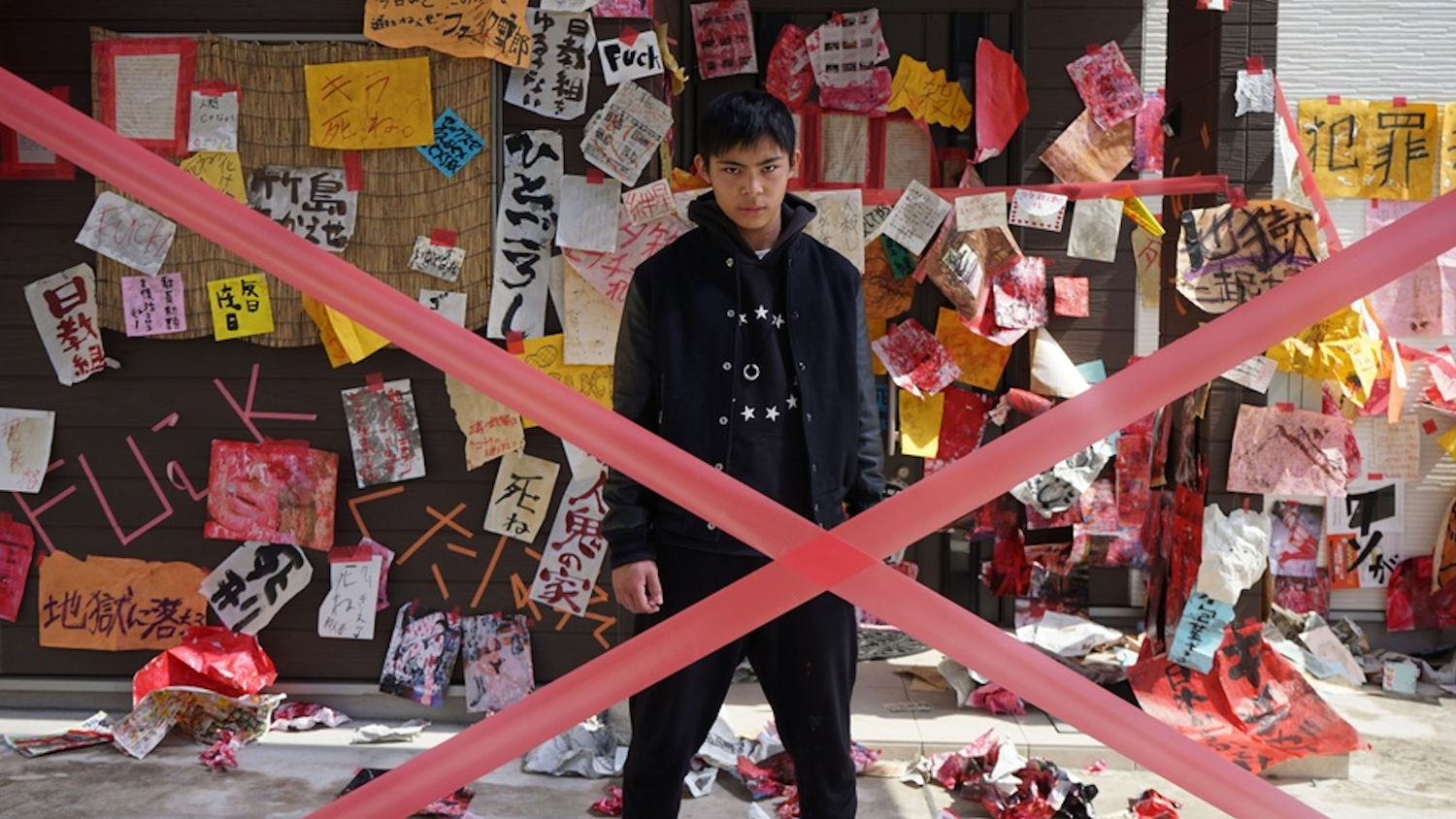It’s a familiar story these days: somebody is killed in broad daylight in front of witnesses. After the lawyers (and judges) perform their machinations, the killer walks. A new round of comments and editorials appear about how there are two justice systems. The digital age has brought with it a paradigm shift in what these two systems are. In the old days it was mostly about having enough money to grease the right palms. Now it is also about winning in the court of public opinion. A relatively unknown person can harness mob fury with an internet connection, a social media account, and a good story. The killer may escape legal consequences only to discover that their life is ruined. Forgiven Children (2020) explores the aftermath of such a case.
The film’s tone is set when four unruly adolescents destroy a roadside shrine. A little girl who seems to have some stake in the shrine is crying across the road, as an older relative tries to comfort her. The destruction is random and thorough. The boys make their way to the side of a lake, where they meet a “friend” who builds crossbows out of chopsticks. The alpha boy grabs the crossbow and aims it at the neck of the boy who built it. A stare-down ensues. The trigger on the crossbow is pulled, and its maker is shot in the neck. He does not die immediately, so questions arise as to why he was allowed to die. One of the boys confesses to the police early on. The high-powered lawyer that the parents have hired gets the boy to change his story, and the killer walks. All of this occurs in the first 20 minutes before the credits roll. For the next 100 minutes we watch the aftermath.
The tone of the film resembles a Patricia Highsmith novel. There is no question of “whodunnit” or why they did it. The celebratory mood of the legal victors is short-lived as the trial-by-public begins. The methods employed by the film to convey the reaction of the digital world heighten the sense of unreality as lives unravel. This starts as the family celebration is interrupted by news reports of angry mobs. Real-life visuals are overlaid with comments typed onto the screen we are watching. As the mob tracks down the killer (egged on by an internet celebrity), the parents lose their jobs and are forced to move. Before long the strain breaks the parents’ marriage. The father departs with a note— left beneath his removed wedding ring—saying that he can’t take it anymore. The victim’s parents push back with a book about the killing’s effect on them. The killer eventually approaches the victim’s parents to apologize, only to discover that their house has been attacked by people taking his side. Both the killer’s house and the victim’s are covered with bloodstains, lurid fliers and hateful graffiti. In the end there are no winners in the public trial. If one is feeling enraged by similar events in real life, this is a good reminder that things are seldom as simple as they appear. Time wounds all heels.


